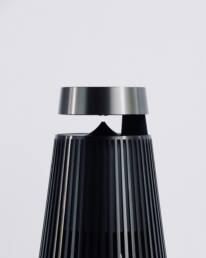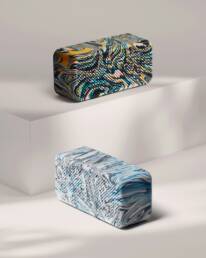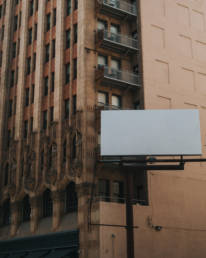In the ever-evolving landscape of design, the influence of fashion has transcended its traditional boundaries and permeated into unexpected realms, including everyday household products. From vacuum cleaners to kitchen appliances, designers are increasingly drawing inspiration from the world of fashion to create functional yet stylish items that seamlessly integrate into our homes. In this article, we explore the intersection of fashion and product design, with a focus on iconic brands like Dyson and other similar designers who have embraced this trend.
The Rise of Fashion in Product Design
Fashion and design have long been intertwined, with designers often taking cues from runway trends and textile patterns to inform their creative process. However, in recent years, the influence of fashion on product design has become more pronounced, as consumers seek products that not only perform well but also reflect their personal style and aesthetic preferences.
One industry that exemplifies this trend is the household appliance sector, where brands like Dyson have redefined the concept of functional design. Founded by Sir James Dyson in 1991, Dyson is renowned for its innovative approach to product design, combining cutting-edge technology with sleek, modern aesthetics. From vacuum cleaners to air purifiers, Dyson’s products are not only highly functional but also visually striking, blurring the lines between form and function.
In recent years, the influence of fashion on product design has become more pronounced, as consumers seek products that not only perform well but also reflect their personal style and aesthetic preferences.
The Dyson Effect: Merging Fashion and Functionality
One of the hallmarks of Dyson’s design philosophy is its emphasis on marrying fashion with functionality. Take, for example, the Dyson Supersonic hair dryer, a revolutionary product that has disrupted the hair care industry. Designed in collaboration with top hairstylists and engineers, the Supersonic combines powerful airflow with intelligent heat control to dry hair quickly and efficiently, while its sleek, futuristic design reflects Dyson’s commitment to innovation and style.
Similarly, the Dyson V11 cordless vacuum cleaner is not only a powerful cleaning tool but also a fashion statement in its own right. With its sleek, minimalist design and vibrant color options, the V11 seamlessly integrates into any modern home, adding a touch of elegance to the mundane task of vacuuming. By prioritizing both form and function, Dyson has elevated the humble vacuum cleaner from a utilitarian appliance to a coveted household accessory.
Beyond Dyson: Fashion-Inspired Designers
While Dyson may be the most well-known example of fashion-inspired product design, it is by no means the only one. Several other designers and brands have embraced this trend, creating household products that double as fashion statements. One such example is Smeg, an Italian appliance manufacturer known for its retro-inspired refrigerators and kitchen appliances. With their bold colors and vintage-inspired designs, Smeg’s products evoke a sense of nostalgia while adding a pop of personality to any kitchen.
Another brand that has embraced fashion-inspired design is Alessi, an Italian housewares and kitchen utensil company. Collaborating with renowned designers and architects, Alessi creates products that are as much works of art as they are functional objects. From iconic kettle designs by Michael Graves to whimsical citrus squeezers by Philippe Starck, Alessi’s products blur the line between form and function, elevating everyday household items to objets d’art.
The rise of sustainable fashion has led to a growing demand for eco-friendly household products made from recycled materials and renewable resources
The Influence of Runway Trends
In addition to drawing inspiration from fashion designers, product designers are also influenced by runway trends and textile patterns. Just as fashion trends come and go, so too do design trends in the world of household products. For example, the rise of sustainable fashion has led to a growing demand for eco-friendly household products made from recycled materials and renewable resources. Similarly, the trend towards minimalist fashion has inspired designers to create sleek, streamlined household items that prioritize simplicity and functionality.
Where Fashion Meets Function
The influence of fashion on everyday household product design is undeniable. Brands like Dyson have paved the way for a new era of functional yet stylish products that seamlessly integrate into our homes. By marrying fashion with functionality, designers are creating household items that not only perform well but also reflect our personal style and aesthetic preferences. As the worlds of fashion and design continue to converge, we can expect to see even more innovative and fashion-forward household products in the years to come.
Photo by Dmitry Spravko
Coralie Myrne
Coralie Myrne is a seasoned journalist with a keen eye for sustainable fashion trends, serving as the voice of conscience for "EcoStyle Insights." Combining her love for writing with a passion for environmental advocacy, she travels the world uncovering the stories behind eco-friendly designs and the innovators shaping the industry. With a commitment to authenticity and a dedication to promoting conscious consumerism, Coralie empowers readers to make informed choices while looking effortlessly stylish.










